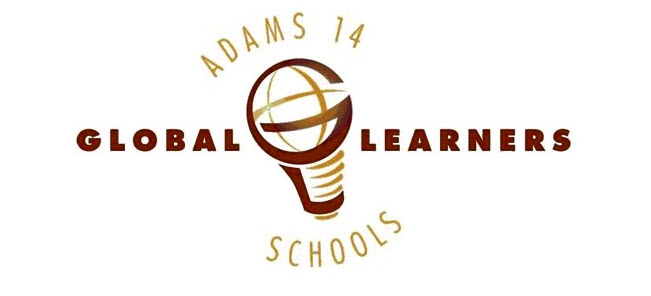 cross posted at~ http://mstaylorsthirdgradeclass.blogspot.com/
cross posted at~ http://mstaylorsthirdgradeclass.blogspot.com/I have been making films with my students for over three years. Last year, six films were submitted to the film fest (check them out on my class website). I've developed a process to use with the students that connects making films with the writing process and draws on their love of film and their background knowledge. I have the students learn how to use Photo Story 3 for windows and Windows Movie Maker. We use the Smart board to make a film with each of the programs before students are given the freedom to plan and make their own films.
Some confessions:
1. I enjoy making films as much as my students do (or more)
2. Film making is easy for students to learn how to do (even third graders)
3. I always have students make a plan for their film first (they don't like that part very much)
4. I'd like to focus more on digital storytelling (versus film making)
5. I'd like to know how other teachers are using digital film making and storytelling with their students (I need more ideas)
6. Sometimes I have technical difficulties (like taping over parts of a student's film before it has been downloaded...oops!)
7. I haven't started making films with my students yet this year (so there is a small tear in my heart slowly growing larger)
How have you used digital film making with your students? Who is making films for the film fest this year? I'd love to hear your ideas!







